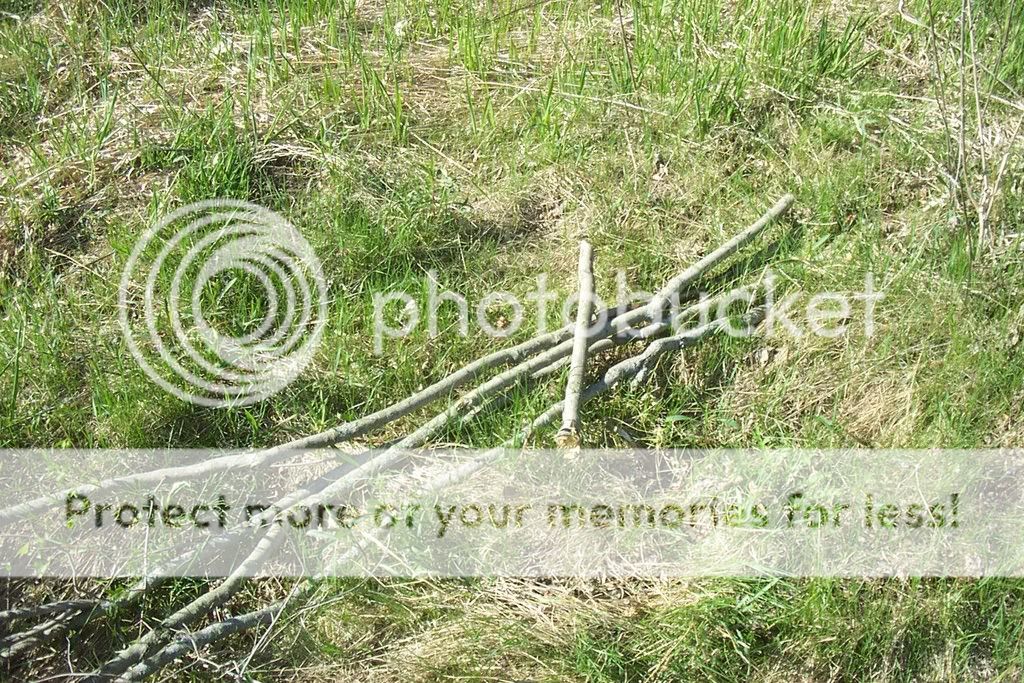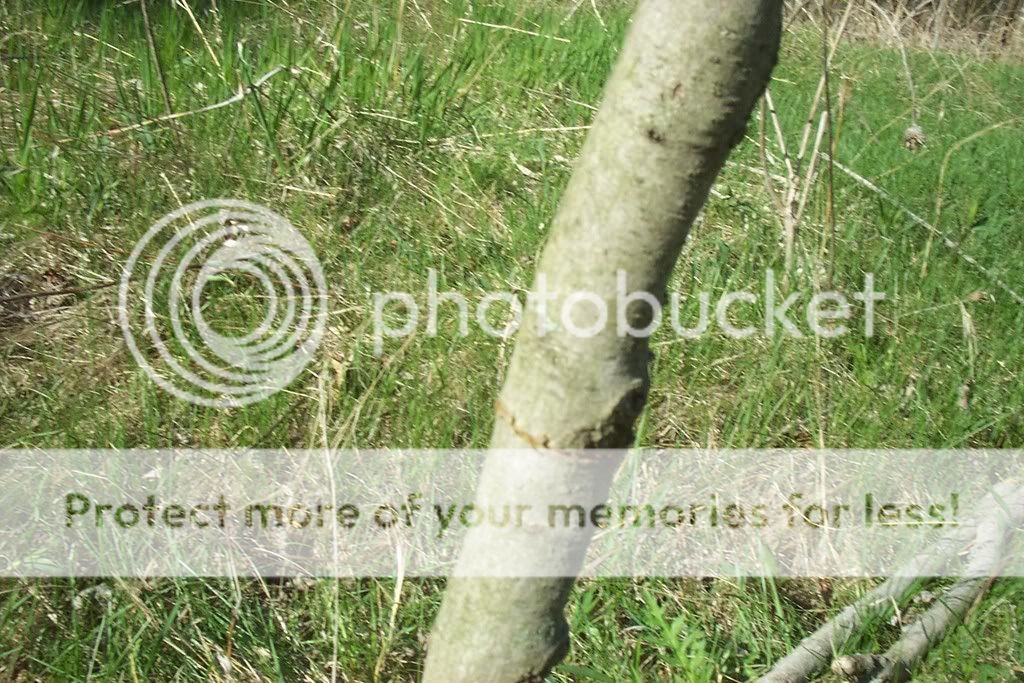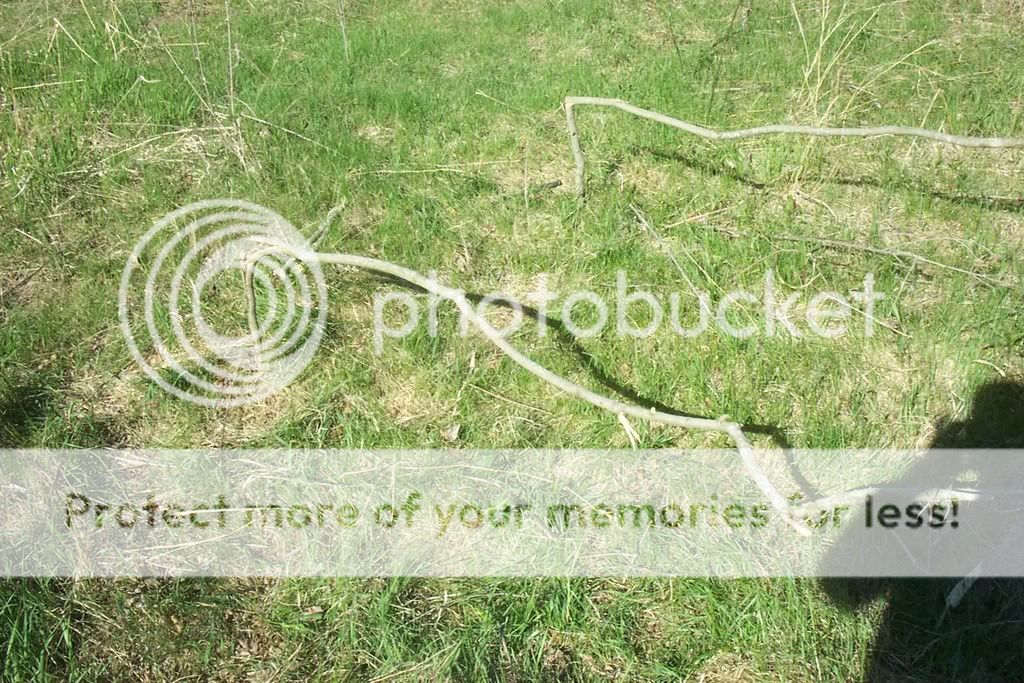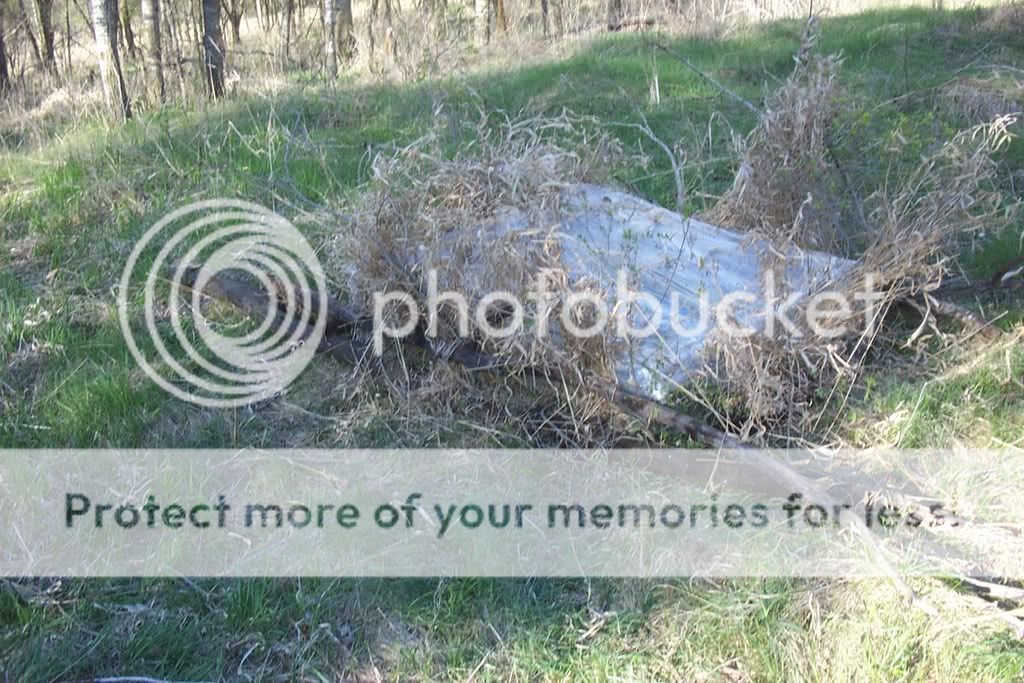Beaner
Well-Known Member
This short tutorial will discuss the process of building a coldframe from mostly materials found at your growsites.
First lets talk about what a cold frame is; To quote the ever elequent Wikipedia,
"a cold frame is a transparent-roofed enclosure, built low to the ground, used to protect plants from cold weather. The transparent top admits sunlight and relies on the greenhouse effect to reflect back radiant heat that would otherwise escape at night. Essentially, a cold frame functions as a miniature greenhouse season extension device."
well there you have it, a tiny greenhouse to start seedlings and keep them safe from preditors. I wouldn't recomend putting freshly sprouted seedlings in one unless it is in your backyard and easy to keep them watered daily. You have to remember that it will be much hotter in the cold frame and the tiny seedlings will dry up fast unless in large pots of soil.
I prefer to start my plants indoors for a few weeks, till they have 3-4 nodes, then transport them to an outdoor coldframe near the area you wish to grow. they will then be transplanted into larger pots that will hold water for longer.
the guerilla coldframe has many purposes, firstly it is covered in wild grass when the plants are put under it, as the next few days go by you slowly take it off, so the plants become accustom to the suns strong rays.
With the grass taken off completely and plants addapted to the strength of the sun, the cold frame will keep them warmer to give a nice springtime burst of growth before they are transplanted into their final locations.
The cold frame also keeps the growing seedlings safe from animals while final growing locations are found and prepared, so they can be quickly moved when ready without any need for additional plant prep.
This small tutorial will show one of the many ways a cold frame can be constructed.
First lets talk about what a cold frame is; To quote the ever elequent Wikipedia,
"a cold frame is a transparent-roofed enclosure, built low to the ground, used to protect plants from cold weather. The transparent top admits sunlight and relies on the greenhouse effect to reflect back radiant heat that would otherwise escape at night. Essentially, a cold frame functions as a miniature greenhouse season extension device."
well there you have it, a tiny greenhouse to start seedlings and keep them safe from preditors. I wouldn't recomend putting freshly sprouted seedlings in one unless it is in your backyard and easy to keep them watered daily. You have to remember that it will be much hotter in the cold frame and the tiny seedlings will dry up fast unless in large pots of soil.
I prefer to start my plants indoors for a few weeks, till they have 3-4 nodes, then transport them to an outdoor coldframe near the area you wish to grow. they will then be transplanted into larger pots that will hold water for longer.
the guerilla coldframe has many purposes, firstly it is covered in wild grass when the plants are put under it, as the next few days go by you slowly take it off, so the plants become accustom to the suns strong rays.
With the grass taken off completely and plants addapted to the strength of the sun, the cold frame will keep them warmer to give a nice springtime burst of growth before they are transplanted into their final locations.
The cold frame also keeps the growing seedlings safe from animals while final growing locations are found and prepared, so they can be quickly moved when ready without any need for additional plant prep.
This small tutorial will show one of the many ways a cold frame can be constructed.










